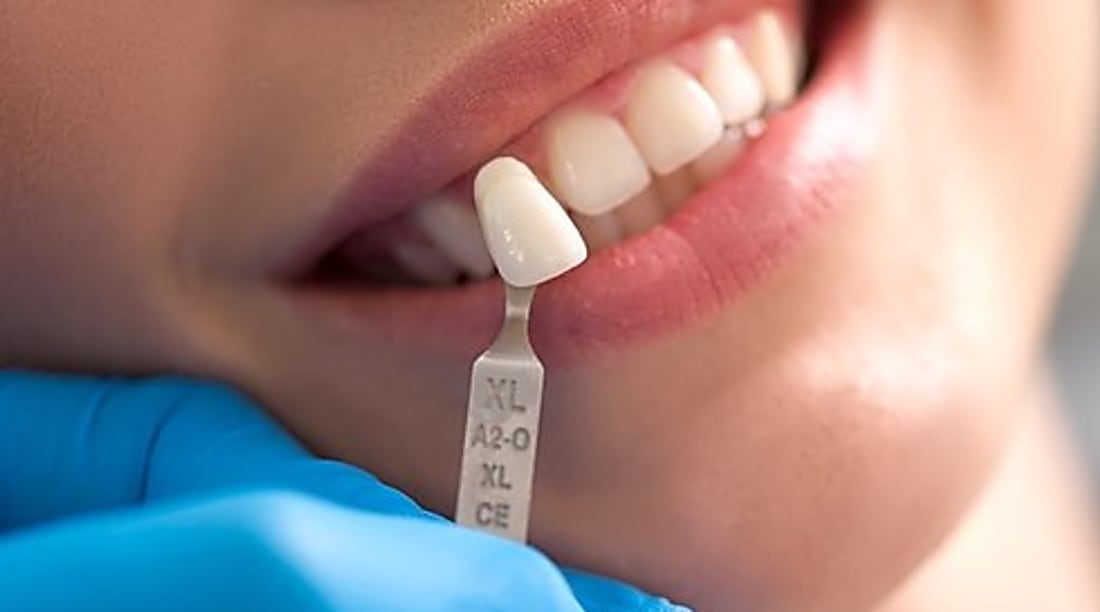Understanding removable dental bridges
Missing teeth can significantly impact both your appearance and your oral health. Removable dental bridges offer a solution to this common problem, allowing individuals to regain their smile and functionality. In this article, we will explore what removable dental bridges are, the various types available, their benefits, and how to care for them. We will also address common concerns, compare them with other tooth replacement options, and provide insights into the costs associated with these dental appliances.

Dental bridges serve as artificial tooth replacements that literally bridge the gap created by one or more missing teeth. While fixed bridges are permanently cemented into place, removable dental bridges offer a different approach with unique advantages and considerations. These prosthetic devices restore both the appearance and functionality of your smile while allowing for easy removal when needed.
What Are Removable Dental Bridges?
Removable dental bridges, sometimes called partial dentures, consist of replacement teeth attached to a gum-colored plastic base connected by a metal framework. Unlike their fixed counterparts, these bridges can be taken out of the mouth for cleaning and while sleeping. They typically use clasps that attach to adjacent natural teeth for stability, though they may also utilize precision attachments that are more aesthetically pleasing but generally more expensive.
These bridges serve multiple purposes: they prevent remaining teeth from shifting position, maintain facial structure, restore proper chewing ability, and improve speech clarity that might have been affected by missing teeth. For many patients, they represent an important step in maintaining overall oral health after tooth loss.
Exploring Affordable Options for Dental Bridges
The cost of dental restoration can be a significant concern for many patients. Fortunately, removable dental bridges tend to be more affordable than fixed alternatives. The initial investment is generally lower because the procedure is less invasive and requires fewer dental visits. Additionally, many dental insurance plans provide better coverage for removable prosthetics than for implant-supported options.
Several factors influence the final cost of a removable bridge, including the number of teeth being replaced, the materials used, any additional procedures required, and your geographic location. Metal frameworks with acrylic bases represent the standard option, while more advanced materials like flexible polymers offer improved comfort but at a higher price point.
Finding Dental Bridge Providers at Reasonable Rates
Locating skilled dental professionals who offer competitive pricing requires some research. Start by consulting your dental insurance provider for in-network dentists who specialize in prosthodontics. Many dental schools also offer services at significantly reduced rates, as procedures are performed by students under close faculty supervision.
Community health centers frequently provide dental services on a sliding fee scale based on income. For those without insurance, dental discount plans present another alternative, offering reduced rates on various procedures including removable bridges. When comparing providers, request detailed treatment plans and cost breakdowns to ensure you’re making an informed decision.
Discount Dental Bridge Services and Programs
Several programs exist specifically to help patients access affordable dental care. Organizations like Dental Lifeline Network provide services to elderly, disabled, or medically compromised individuals who cannot afford necessary dental care. The Medicare Advantage program often includes some dental benefits that might cover partial dentures or removable bridges.
Military veterans may qualify for dental benefits through the VA, while Medicaid offers dental coverage in some states for eligible adults. Additionally, some manufacturers offer patient assistance programs that can significantly reduce the cost of dental prosthetics for those who meet certain financial criteria.
Local Deals and Offers for Dental Restoration
Many dental practices offer special promotions or payment plans to make dental bridges more accessible. Some provide free initial consultations or discounts for new patients. Others may offer package deals that include the bridge along with necessary preparatory work like extractions or cleanings.
Flexible spending accounts (FSAs) and health savings accounts (HSAs) can help manage costs by allowing you to pay with pre-tax dollars. Some dental offices also partner with third-party financing companies like CareCredit or LendingClub, which offer special healthcare financing options with deferred interest or extended payment plans.
Comparing Removable Dental Bridge Options and Costs
When considering removable dental bridges, understanding the available options and their associated costs can help you make an informed decision that balances quality and affordability.
| Type of Removable Bridge | Average Cost Range | Durability | Key Features |
|---|---|---|---|
| Traditional Partial (Metal Framework) | $650-$2,500 | 5-10 years | Sturdy, visible clasps, good chewing function |
| Flexible Partial | $900-$2,000 | 5-7 years | No metal clasps, more comfortable, natural-looking |
| Precision Attachment Partial | $2,000-$4,000 | 7-10 years | Hidden attachments, more aesthetic appearance |
| Temporary (Flipper) | $300-$500 | 1-3 years | Immediate placement, less durable |
Prices, rates, or cost estimates mentioned in this article are based on the latest available information but may change over time. Independent research is advised before making financial decisions.
The longevity of your removable dental bridge depends significantly on proper care and maintenance. Daily cleaning is essential to prevent plaque buildup and staining. Remove the bridge at night to give your supporting tissues time to rest and recover. Regular dental checkups allow your dentist to assess the fit and condition of your bridge, making adjustments as needed to prevent discomfort or damage.
While removable bridges generally cost less initially than fixed alternatives, they typically require more maintenance and eventual replacement. However, many patients find that the convenience of removal for cleaning and the lower upfront investment make them an attractive option, particularly as an interim solution while saving for more permanent restorations.
Understanding removable dental bridges involves recognizing both their benefits and limitations. They offer a non-surgical solution for tooth replacement that can be implemented relatively quickly and modified easily if dental conditions change. While they may not provide the same stability or longevity as implant-supported restorations, they serve an important role in modern dentistry as a versatile, affordable option for restoring dental function and appearance.
This article is for informational purposes only and should not be considered medical advice. Please consult a qualified healthcare professional for personalized guidance and treatment.




